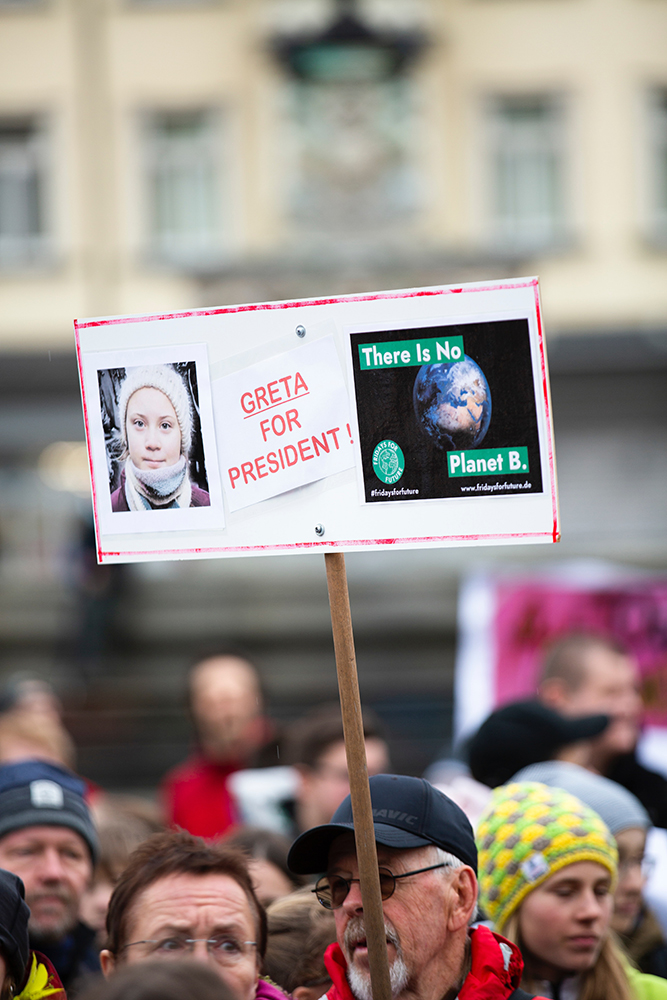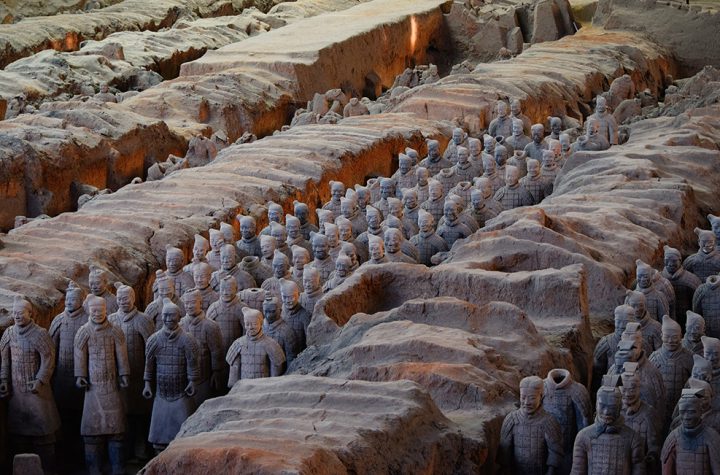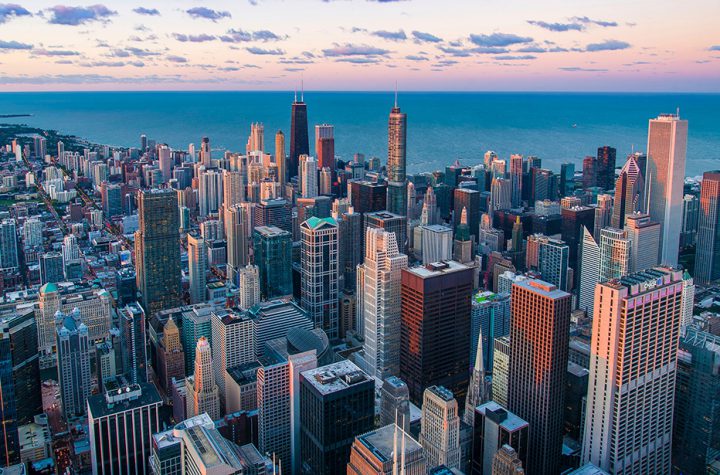
Enlarge/ President Donald Trump displaying a doctored forecast map at the White House on September 4, 2019, in Washington, DC.
262 with 121 posters participating
For meteorologists and senior leaders at NOAA, the first week of September 2019 is one they’re never going to forget.
Amidst the tumult of Hurricane Dorian and its threat to the United States, President Trump injected himself into the story by warning that several states, including Alabama, would “most likely be hit (much) harder than anticipated. Looking like one of the largest hurricanes ever.” Alabama faced virtually no risk from the storm at the time. After being ridiculed for this errant forecast, the president responded with a White House event where he displayed an official National Hurricane Forecast map with a Sharpie-drawn extension that included Alabama in Dorian’s “cone of uncertainty.”
The controversy only burned all the brighter when the Birmingham office of the National Weather Service tweeted that Alabama residents had nothing to fear from Dorian (which was accurate). This tweet occurred after the president’s tweet about Alabama’s risk but was apparently not directly in response to the president. Instead, it came in response to a surge of public inquiries. According to the meteorologist-in-charge of the Alabama office, Chris Darden, his office’s phones “started ringing off the hook” with public inquiries and concern after the president took to Twitter.
In response to this sequence of events, NOAA released an unattributed statement on September 6 that rebuked the Alabama forecasters: “The Birmingham National Weather Service’s Sunday morning tweet spoke in absolute terms that were inconsistent with probabilities from the best forecast products available at the time.”
All of this took place during the first week of September. The release of hundreds of emails on Friday night, in response to a Freedom of Information Act request by BuzzFeed News investigative reporter Jason Leopold, reveals the confusion and anger last year in the wake of the president’s Alabama tweets, Oval Office appearance, and then the NOAA statement.
NOAA communications officials themselves were mystified by their own statement, which was released at the direction of the White House. “You are not going to believe this BULL,” Maureen O’Leary, a public relations specialist at NOAA, wrote to a colleague.
In an email on the evening of September 6, the director of the National Weather Service, Louis Uccellini, wrote to Neil Jacobs, the acting director of NOAA about an “upwelling” of upset in the entire weather community due to the NOAA statement. “The mood out there is pretty ugly,” he said.
- NOAA communications specialist Maureen O’Leary reacts to NOAA statement issued on Sept. 6, 2019.
- A sampling of public reaction to the statement that NOAA received.
- A forecaster at the Alabama office of the National Weather Service describes a call from a NOAA official, Kevin Cooley, after the statement.
- Louis Uccellini, director of the National Weather Service, writes to acting NOAA chief Neil Jacobs.
- NOAA’s acting chief scientist, Craig McLean, writes to Jacobs.
- Jacobs writes to an agency employee.
- Jacobs writes to senior National Weather Service official John Murphy.
- Murphy writes back to Jacobs.
- Timothy Gallaudet, Assistant Secretary of Commerce for Oceans at Atmosphere, writes to Murphy.
- Chris Darden, the meteorologist-in-charge of the Birmingham office of the National Weather Service writes to a senior NOAA communications official.
Craig McLean, the acting chief scientist at NOAA, was even more aghast in emails. “What’s next? Climate science is a hoax?” he wrote in an email addressed to Jacobs and other senior leaders at NOAA and the National Weather Service. “Flabbergasted to leave our forecasters hanging in the political wind. Embarrassed, Craig.”
Meanwhile, the workforce at National Weather Service offices across the country were scared about their employment. “Employees now fear for their jobs and are questioning whether they should post potentially life-saving info or check tweets first,” John Murphy, the chief operating officer at NOAA, wrote to Jacobs.
In the midst of this storm was Neil Jacobs, who on one hand had to answer to the White House and Trumpwho clearly were not stepping back from a wrong-headed and irresponsible forecastbut also had the grace to realize that his workforce was being besmirched in the process. “You have no idea how hard I’m fighting to keep politics out of science,” Jacobs wrote to one NOAA employee. “The situation we’re in is incredibly unfortunate. I don’t have words to describe how I feel right now,” Jacobs wrote another.
The picture that emerges from this trove of emails is one of civil servants and government employees at NOAA and the National Weather Service trying to do what was right in the midst of a political (and self-made) crisis at the top and a natural disaster (Dorian) pressuring them from without.
The extent to which Trump’s actions severely distracted officials and forecasters at a time when they needed to be entirely focused on understanding the storm and warning US citizens about its impacts is significant. At the same time, the civility and dedication of people like Chris Darden, the meteorologist-in-charge of the Birmingham National Weather Service office, is pretty remarkable.





More Stories
US president-elect Joe Biden has listed four priorities for his forthcoming presidency. These include Covid-19, economic recovery, racial equity and climate change.
What are the restrictions within Victoria and the border closures with NSW and Queensland? How far can I travel, and how many people can I have over at my house? Untangle Australia’s Covid-19 laws and guidelines with our guide
Apple has suspended new business with supplier Pegatron after the Taiwan-based original equipment manufacturer misclassified student workers. Apple also said Pegatron broke its Code of Conduct for suppliers. In a statement provided to Bloomberg, Apple said, “…